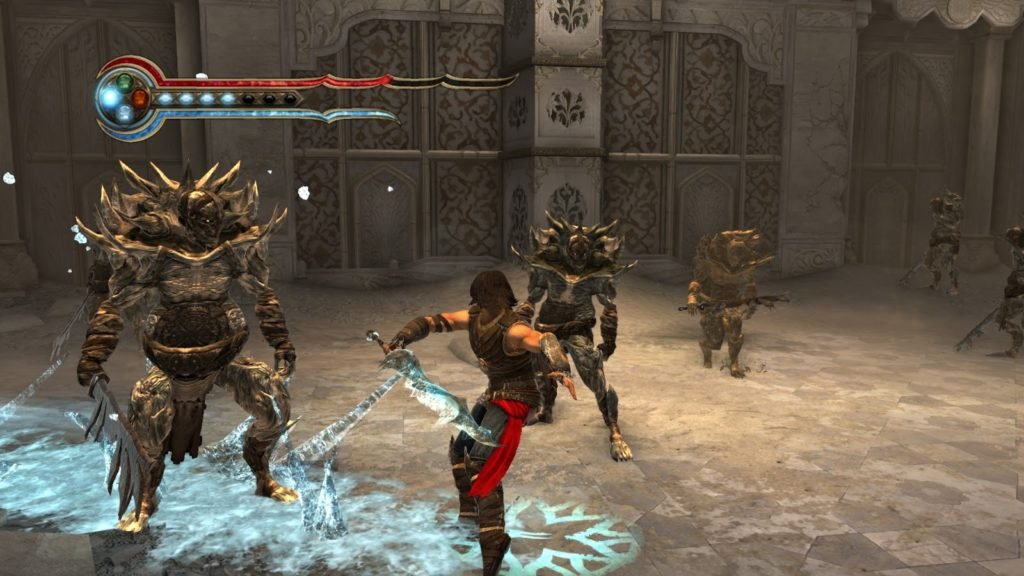Prince of Persia is an action-adventure video game developed and published by Ubisoft Montreal. It was released in December 2005 in North America for the Xbox, Microsoft Windows, PlayStation 2, and the Nintendo GameCube.
In the grand tapestry of video game history, few franchises are as enduring and iconic as Prince of Persia. Created by Jordan Mechner and first published by Broderbund, Prince of Persia has captivated gamers for over three decades with its blend of acrobatics, sword-fighting, and rich storytelling.
This article takes you on a journey through the world of Prince of Persia, exploring its origins, evolution, and the enduring appeal of its titular hero.
A Humble Beginning: The Birth of a Legend

Prince of Persia made its debut in 1989, introducing players to a young and agile hero who ventured into a treacherous palace to rescue a captive princess. The game was celebrated for its innovative rotoscoped animation, which gave the protagonist fluid and lifelike movements, setting it apart from other platformers of the era.
With a limited time to complete each level, players had to navigate deadly traps, solve intricate puzzles, and engage in swordfights with palace guards. The game’s focus on fluid, lifelike animation and the precision required to conquer its challenges laid the foundation for the franchise’s unique identity.
A Journey Through Time: The Prince’s Evolution
The success of the original Prince of Persia led to several sequels and reboots over the years. The series found its most notable resurgence in 2003 with “Prince of Persia: The Sands of Time.” This title not only reintroduced the franchise to a new generation of gamers but also revitalized the action-adventure genre.
The introduction of the Dagger of Time, which allowed the prince to rewind time, provided players with a fresh gameplay mechanic that combined combat, platforming, and puzzle-solving.
Subsequent titles, like “Prince of Persia: Warrior Within” and “Prince of Persia: The Two Thrones,” continued the prince’s saga with darker themes and more complex combat systems.
The series embraced a compelling narrative that explored the consequences of time manipulation and the prince’s evolving character.
The Prince’s Return: The 2008 Reboot
In 2008, the franchise was reimagined with “Prince of Persia.” This installment marked a departure from the previous entries, focusing on a more cel-shaded art style and a fresh approach to storytelling.
Players embarked on a quest alongside Elika, a magical companion, to rid the kingdom of a dark curse. The game was celebrated for its enchanting world design and the growing bond between the prince and Elika.
The Unforgettable Legacy
Prince of Persia has left an indelible mark on the world of gaming. Its influence can be seen in countless titles that have adopted its platforming and combat mechanics. The franchise’s ability to adapt and reinvent itself while staying true to its core elements is a testament to its enduring appeal.
The charm of the series lies not only in its gameplay and storytelling but also in the resilience and resourcefulness of its titular hero. The prince’s journey through perilous palaces and mythical lands, filled with acrobatics and swordplay, has become a symbol of adventure and determination.
With a legacy that spans over three decades, Prince of Persia remains a timeless tale of a hero who transcends time and adversity, proving that the allure of adventure and intrigue knows no bounds in the world of gaming.



Comments